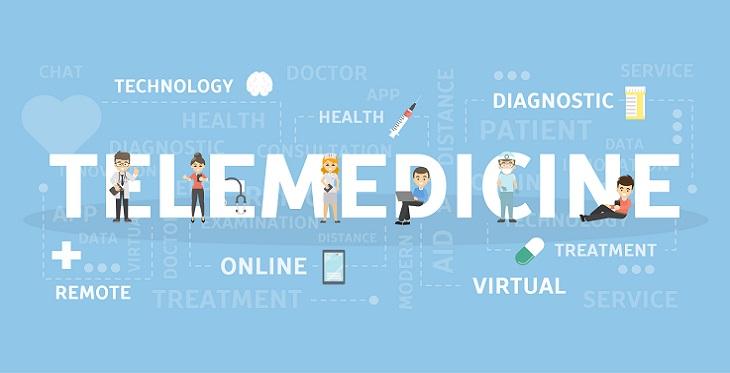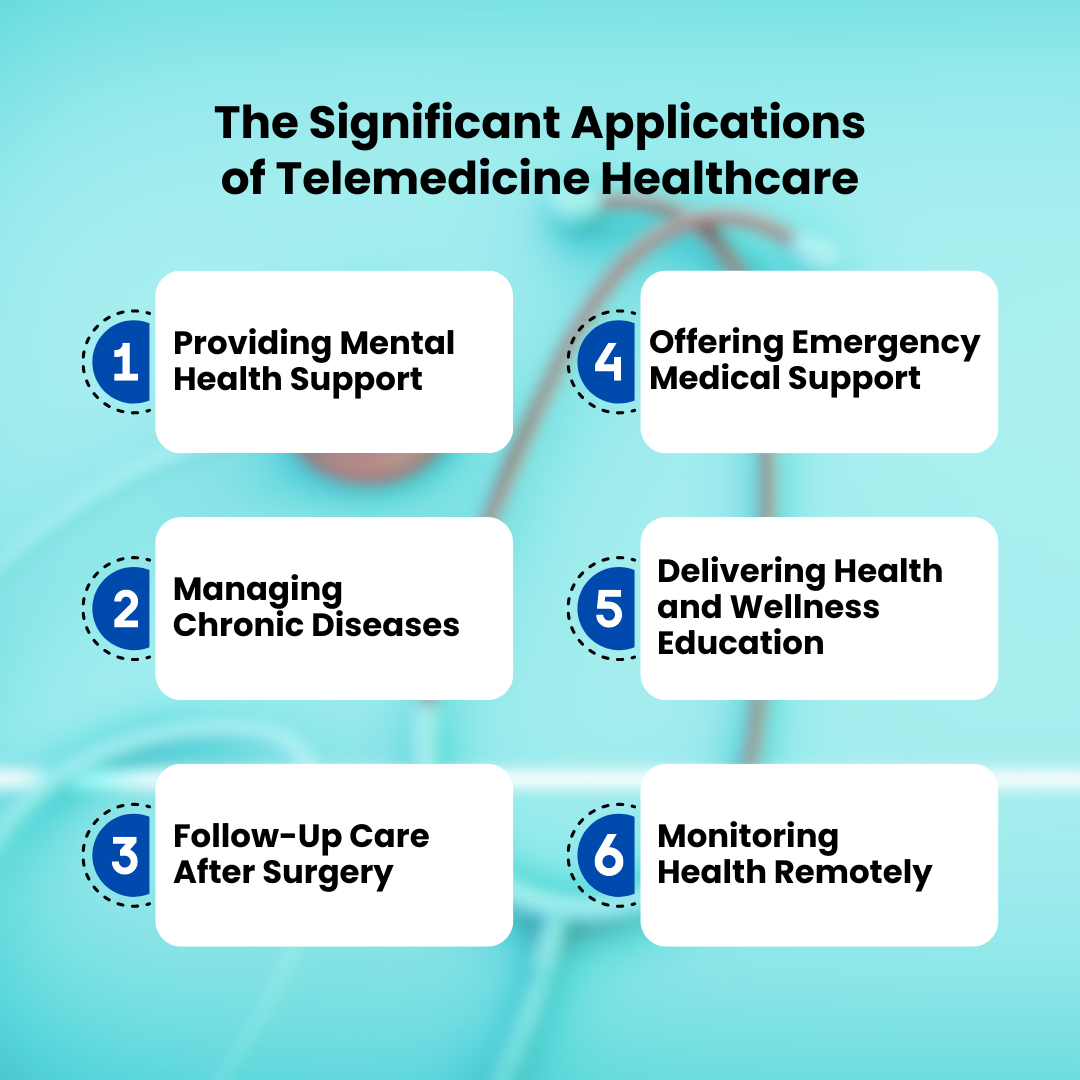
Telemedicine is revolutionizing the way healthcare professionals connect with their patients, making it a crucial component of modern medical practice. For doctors, integrating telemedicine into your practice is no longer just a choice—it’s essential for expanding your reach and enhancing patient care.
By utilizing this technology, you can offer convenient, accessible, and efficient care to a wider audience, including those who might otherwise not have access to your services. Telemedicine helps you stay competitive in the healthcare market, but it also enables you to deliver more personalized and timely care.
Incorporating telemedicine into your practice is also a key strategy in healthcare marketing and doctor marketing. It allows you to attract new patients, retain existing ones, and position yourself as a forward-thinking provider in your field.
This guide will walk you through the essential steps to get started with telemedicine, helping you effectively utilize this powerful tool to grow your practice and improve patient outcomes. Let’s begin by understanding the basics of telemedicine in healthcare.
What is Telemedicine?
Telemedicine refers to the practice of providing digital healthcare services remotely through digital communication technologies. This includes video calls, phone consultations, and secure messaging platforms that allow healthcare providers to connect with patients without the need for in-person visits.
Telemedicine encompasses a range of services, such as virtual consultations, remote monitoring of chronic conditions, and follow-up care. It enables doctors to diagnose, treat, and manage health conditions from a distance, offering patients convenience and accessibility. For instance, patients can receive medical advice, prescriptions, and even specialist consultations without having to travel to a clinic or hospital.
What are the benefits of implementing telemedicine?
Implementing telemedicine offers several significant benefits:
-
- Increased Accessibility: Patients can access healthcare services from home, removing geographical barriers and easing travel burdens.
-
- Convenience for Patients: Flexible scheduling allows patients to attend consultations at their convenience, improving satisfaction and adherence to care.
-
- Enhanced Efficiency: Streamlined consultations reduce wait times and improve appointment management, making the practice more efficient.
-
- Cost Savings: Reduces overhead costs for the practice and travel expenses for patients, leading to overall financial benefits.
-
- Improved Access to Specialists: Facilitates consultations with specialists who may not be locally available, enhancing diagnostic and treatment options.
The significant applications of telemedicine are:

Telemedicine has a wide range of significant applications that are transforming the healthcare landscape. Here are some key applications:
-
- Providing Mental Health Support: Through virtual therapy and counseling sessions, telemedicine offers accessible and confidential mental health care, addressing issues like anxiety, depression, and stress.
-
- Managing Chronic Diseases: Telemedicine facilitates the ongoing management of chronic conditions by enabling regular consultations and monitoring from home, helping patients stay on track with their treatment plans.
-
- Follow-Up Care After Surgery: Post-surgical care can be efficiently managed through telemedicine, allowing patients to have follow-up appointments and check-ups remotely, ensuring proper recovery without frequent in-person visits.
-
- Offering Emergency Medical Support: Telemedicine enables rapid access to emergency medical consultations and advice, allowing healthcare professionals to provide guidance and support in urgent situations even when immediate physical presence is not possible.
-
- Delivering Health and Wellness Education: Telemedicine platforms can be used to provide educational resources and wellness programs, helping patients understand and manage their health better through virtual workshops and information sessions.
-
- Monitoring Health Remotely: Telemedicine tools allow for continuous health monitoring using wearable devices and remote sensors, providing real-time data on patients’ health conditions and facilitating timely interventions.
Ways for Doctors to Start with Telemedicine Healthcare in 2024
Starting with telemedicine in healthcare involves several key steps to ensure a smooth integration into your practice. Here’s a guide to help you get started:
-
- Understand the Basics: Begin by familiarizing yourself with what telemedicine is and how it works. This includes understanding different types of telemedicine services (e.g., video consultations, phone calls, and remote monitoring) and the technology required for each.
-
- Assess Your Needs: Evaluate your practice’s specific needs and goals for incorporating telemedicine. Consider factors like the types of services you want to offer, the patient population you serve, and any existing technology infrastructure.
-
- Choose the Right Technology: Select a telemedicine platform that suits your practice’s needs. Look for features like user-friendly interfaces, security compliance, integration with your existing Electronic Health Record (EHR) system, and support for various devices.
-
- Ensure Compliance: Familiarize yourself with legal and regulatory requirements for telemedicine in your region. This includes understanding patient privacy laws (such as HIPAA in the U.S.), licensure requirements, and any specific telemedicine regulations.
-
- Implement Security Measures: Ensure that the telemedicine platform you choose adheres to strict security standards to protect patient information. This includes encryption, secure logins, and regular security updates.
Conclusion
Embracing telemedicine in 2024 is more than just a trend—it’s a strategic move to expand your reach, boost patient satisfaction, and enhance your practice’s efficiency. By utilizing remote care, you can meet the evolving needs of patients and stay competitive in the healthcare industry.
Incorporating telemedicine into your practice also plays a vital role in doctor marketing, helping you attract new patients and retain existing ones. Start exploring telemedicine options today and take a proactive step toward the future of healthcare. This integration can transform how you deliver care and make a meaningful impact on your patients’ lives.



